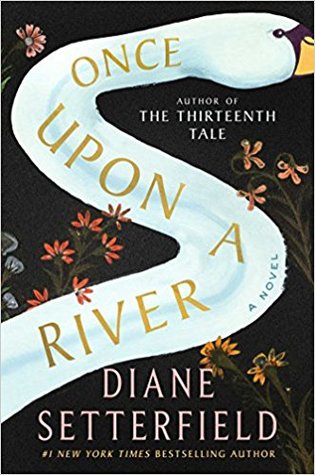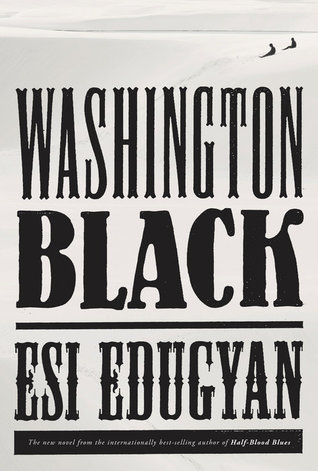Deep River Karl Marlantes (2019)
Although many Americans now work more than 40 hours a week, either because they need to make ends meet or because their job demands it, the 40-hour work week and the eight-hour work day are well accepted as standard in the United States. This was not always the case.
Until the early twentieth century, when labor unions started challenging the draconian demands of employers, workers in factories, mines, logging camps, stores, offices, private homes, and other workplaces were required to put in far more than eight hours a day, six or seven days a week. The fight for a reasonable work week, for fair pay, and for safe working conditions was a bloody one, waged by courageous people who risked their jobs and often their lives by joining a labor union, by attending union rallies, and by striking. These workers were accused of being communists –or at the very least unpatriotic and lazy, unwilling to pull themselves up by their bootstraps.
Deep River is a fictional treatment of the labor movement in the Pacific Northwest, from 1904 to 1932, with an opening section set in Finland from 1893 to 1904. Labor organizer Aino Koski is an admitted communist, agitating for revolution by rallying loggers, many of them new immigrants, to join the Industrial Workers of the World (IWW), familiarly known as the Wobblies. Stick with me here! Deep River is not a dry account of speeches, picketing, and protest marches.
Despite the theme of worker empowerment, you can read this novel solely for the drama of an immigrant family, followed over several decades, as they struggle with learning a new language and carving out an existence in one of the last wildernesses in the continental United States. The Koski siblings—Ilmari, Matti, and Aino—draw on “sisu,” an untranslatable Finnish word for the characteristics of their ethnic heritage. It includes perseverance, fortitude, and stoicism. These Finnish Americans, especially the highly independent women, sure need sisu as they forge their way into the modern era.
You can also read Deep River for the lyrical descriptions of the magnificent old growth forests of Washington and Oregon, harvested by loggers who worked in an exceedingly dangerous environment, felling and then moving trees that were often 15 feet in diameter. “They watched the tree go down, hearing the wood creak, then crack, then sigh, the tree gaining momentum, falling faster and faster, the air rushing through the branches . . . cracking and squealing with the force of hundreds of tons of wood that for several hundred years had fought against gravity and was now hurling toward the ground from where it came.” (286)
There are a few brief scenes of violence, when union members are attacked by police, hired thugs, and deputized citizens who have been convinced that all unions are anti-American. The IWW is in fact one of the most radical of the unions of this period, bringing the spirit of the Russian Bolshevik Revolution of 1917 to the American workforce. As one fellow organizer tells Aino, “’The government is going to crush the Wobblies. The people hate them.’” (453) Even Aino’s supportive sister-in-law repeatedly speaks warnings: “’Aino, revolutions require visionary leaders. In America, the visionary leaders go into business.’” (463) “If you tell me you love the IWW, I’m telling you that you’re fooling yourself. You can’t love an ideal. You can only love people.” (533)
At 717 pages, this novel requires commitment. I committed to it over Labor Day weekend, when the history of the labor movement was especially poignant, and I wasn’t disappointed. For another novel about the history of logging in North America, try Annie Proulx’s Barkskins. For reviews of other immigrant stories and family sagas, click on the category in the Archive in the right-hand column.

























